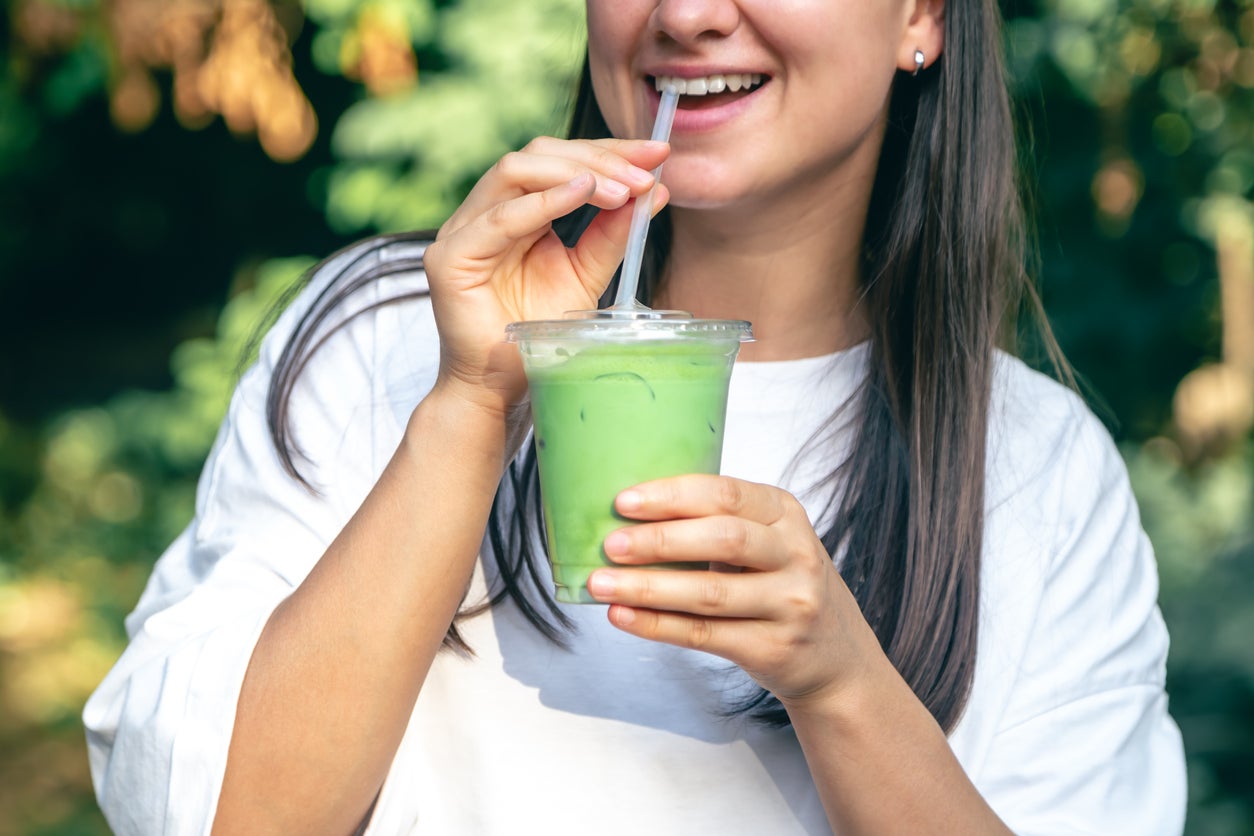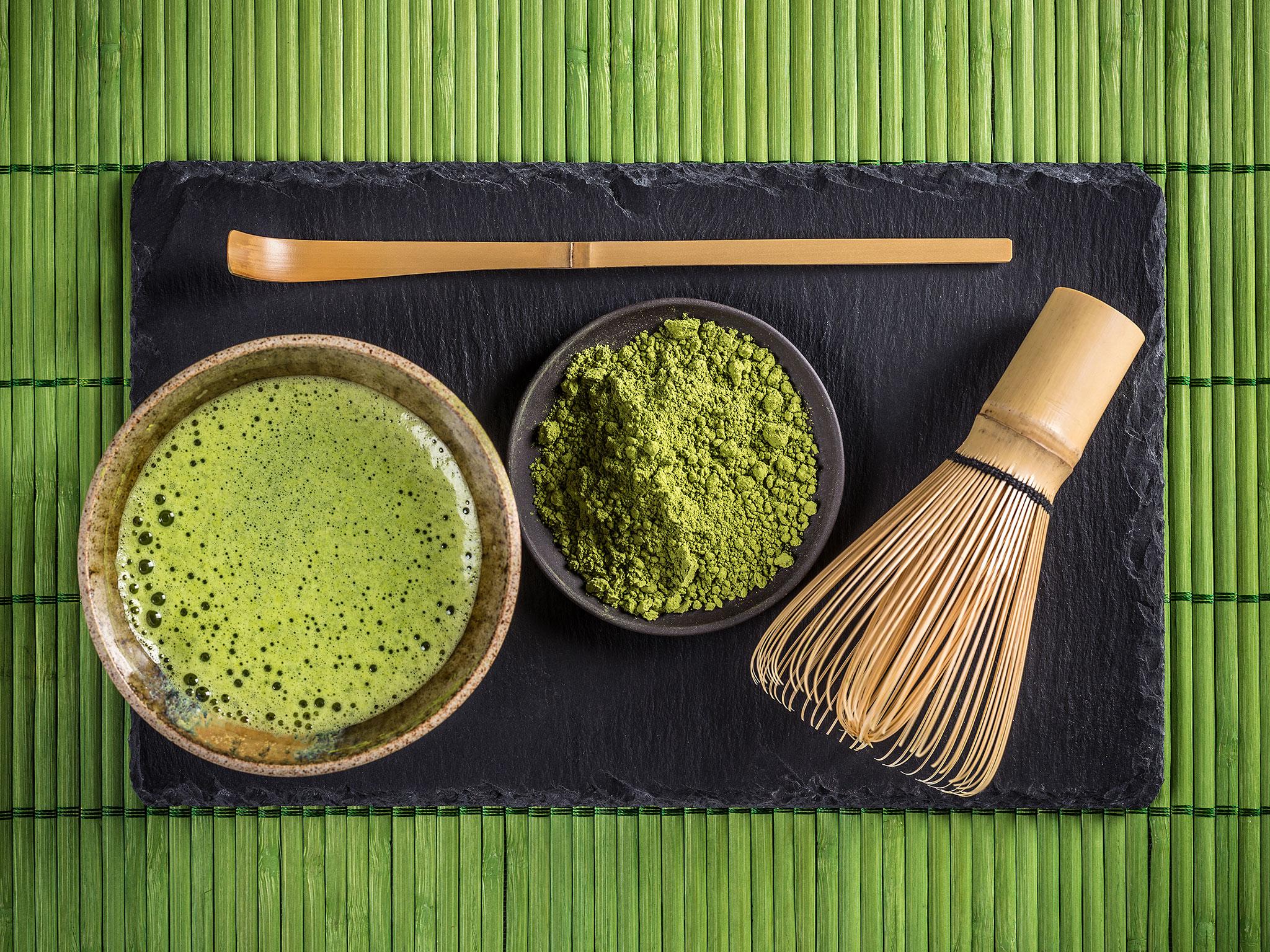ARTICLE AD BOX
Matcha, with its vibrant green hue and centuries-old tradition, is often celebrated as a health-boosting superfood. But what exactly sets it apart from regular green tea, or even your morning coffee?
Like green and black tea, matcha comes from the camellia sinensis plant. The difference lies in how it’s grown and processed. While black tea is fermented and regular green tea is simply dried, matcha is shade-grown for several weeks before harvest.
This unique method alters the plant’s chemistry, boosting certain compounds like chlorophyll and amino acids and giving matcha its distinct flavour and rich green colour. The leaves are then dried and finely ground into a powder – hence its name, which literally translates to “powdered tea” in Japanese.
Although widely associated with Japanese culture and Zen tea ceremonies, matcha actually originated in China. It was brought to Japan in the 12th century by Buddhist monks, who used it to support meditation. Over time, it became a staple in Japanese tea culture, especially in formal tea ceremonies.
From a health perspective, matcha offers many of the same benefits as green tea – thanks to its high content of polyphenols, including flavonoids, which are known antioxidants.
However, because the leaves are consumed whole in powdered form, matcha may provide a more concentrated dose of these beneficial compounds.

Lots of potential, relatively little research
Matcha is touted for its wide range of potential health benefits: antioxidant, antimicrobial, anti-inflammatory, anti-obesity and even anti-cancer effects, as well as potential improvements in brain function, stress relief, heart health and blood sugar regulation.
But there’s a catch: most of the evidence supporting these claims comes from lab studies (on cells or animals), not robust clinical trials in humans. So while the early research is promising, it’s far from conclusive.
One thing we do know: matcha contains caffeine – more than regular green tea, though typically less than coffee. Caffeine itself has well documented health benefits when consumed in moderation, including improved focus, mood, metabolism and even reduced risk of certain diseases like Alzheimer’s and Parkinson’s.
But high doses can cause side effects like insomnia, anxiety and elevated blood pressure. The “more is better” approach doesn’t apply here, and the optimal dose of caffeine remains unclear.
When comparing matcha to coffee, both offer similar antioxidant properties and cardiovascular benefits. However, coffee has been studied more extensively, with clearer guidelines: three to four cups a day appears to be a safe upper limit for most people.
For matcha, the guidance is slightly more conservative, with sources suggesting one to three cups a day, probably due to the higher levels of polyphenols.

Tannins and polyphenols in both tea and coffee can interfere with iron absorption, especially from plant-based foods. Drinking large amounts regularly, particularly around mealtimes, may increase the risk of iron-deficiency anaemia.
That’s why it’s recommended to enjoy these beverages at least two hours before or after meals, especially for people who follow a predominantly plant-based diet or are already prone to low iron levels.
Jitter-free
Another consideration: both coffee and matcha are mildly acidic and can cause digestive discomfort or reflux in people with sensitive stomachs. That said, matcha may be a better choice for some. Unlike coffee, it contains L-theanine, an amino acid that promotes relaxation and may counteract the jittery effects of caffeine, making it a gentler alternative for people prone to anxiety.
Both matcha and coffee have potential health benefits and the right choice depends on your personal needs and preferences. Coffee is better studied and may be ideal for those who tolerate caffeine well and enjoy several cups a day. Matcha, on the other hand, is a great option for those looking to consume less caffeine while still benefiting from antioxidants – and without the crash or jitters.
Just remember to enjoy either in moderation, especially if you’re managing iron levels or digestive issues.
Anthony Booker is a Reader in Ethnopharmacology, University of Westminster
This article was originally published by The Conversation and is republished under a Creative Commons licence. Read the original article









 English (US) ·
English (US) ·